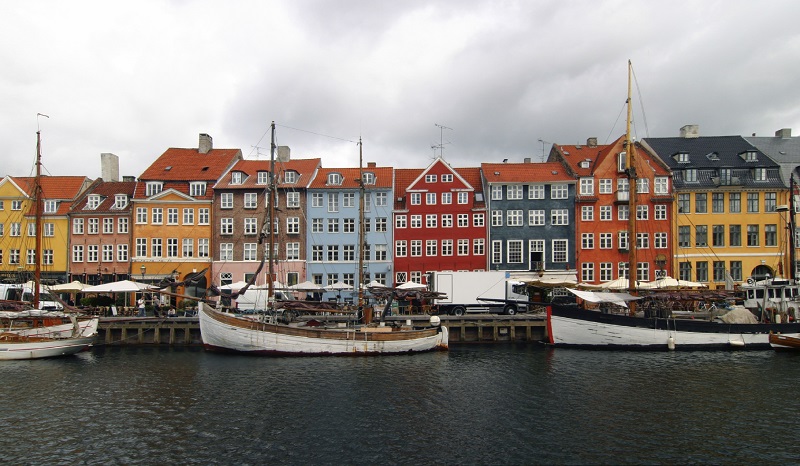What is the Schengen Area and Why Should I Care as a Traveler?

Many first time travelers to the European Union (EU) have never heard of the Schengen Area (also known as the Schengen Zone), but it’s crucial for all Americans traveling to Europe to understand how the Schengen Area affects American tourist visas.
The Schengen Area is an agreement among 26 EU countries to have open and free borders. This means that since 1995, when the agreement was made, you no longer have to go through border control when traveling from one Schengen country to another. If you travel by car from Italy to Denmark passing through Italy, Austria, Germany, and Denmark there won’t be a single border checkpoint along the way.
While this is great for inter-European travel, this also effects the tourist visas Americans (and Canadians) obtain. For our students and teachers traveling on our Greenheart Travel programs, it is important to know how long you are able to explore a visiting country.

Teaching English in Italy is a great way to live in Europe while gaining work experience.
This is also why it is difficult to teach English in Europe without a proper visa. Crossing a border over a weekend won’t be possible to stay in Europe for longer than three months so it is important to know how the Schengen Zone works and which countries are included.
How This Affects Your Length of Travel
When an American arrives in one of the 26 EU countries they receive a stamp in their passport at the airport which is essentially their 90 day tourist visa.
The stamp is day 1 of the 90 days you can legally stay in the EU within a 180 period.
During each 180-day period, you will have 90 days of open travel within the Schengen area. When you leave the Schengen area after 90 days, you must wait another 90 days before you can legally enter the Schengen Area again.

World map chalk art along the Seine.
The countries included in the Schengen Area can get tricky—basically not all EU countries are in the Schengen Area and there are some non-EU countries that are part of the Schengen agreement. More or less every major European country except the UK and Ireland are a part of the Schengen Area. I would recommend looking at this picture for a great visualization.
The countries in the Schengen Area are:
- Austria
- Belgium
- Czech Republic
- Denmark
- Estonia
- Finland
- France
- Germany
- Greece
- Hungary
- Iceland
- Italy
- Latvia
- Liechtenstein
- Lithuania
- Luxembourg
- Malta
- Netherlands
- Norway
- Poland
- Portugal
- Slovakia
- Slovenia
- Spain
- Sweden
- Switzerland
Some people are set on having their European trip last longer than three months and they opt to overstay on the 90 day visa. However if you overstay your 90 day tourist visa there are serious risks involved.
What Happens If You Overstay Your Visa
In some countries it’ll be a €300 fine and a slap on the wrist, but in other countries if you’re caught exiting the Schengen Area after you’ve overstayed on the 90 day tourist visa you can be banned from that country permanently. That means if you’re ever at border control in that country they can deny you entry.
For most the risk of being banned from a country forever is not worth it and they simply leave after 90 days and travel in the surrounding countries in the UK, Balkan countries, or Northern Africa. As long as you’re aware the Schengen Area exists you can play your trip accordingly!
2 thoughts on "What is the Schengen Area and Why Should I Care as a Traveler?"